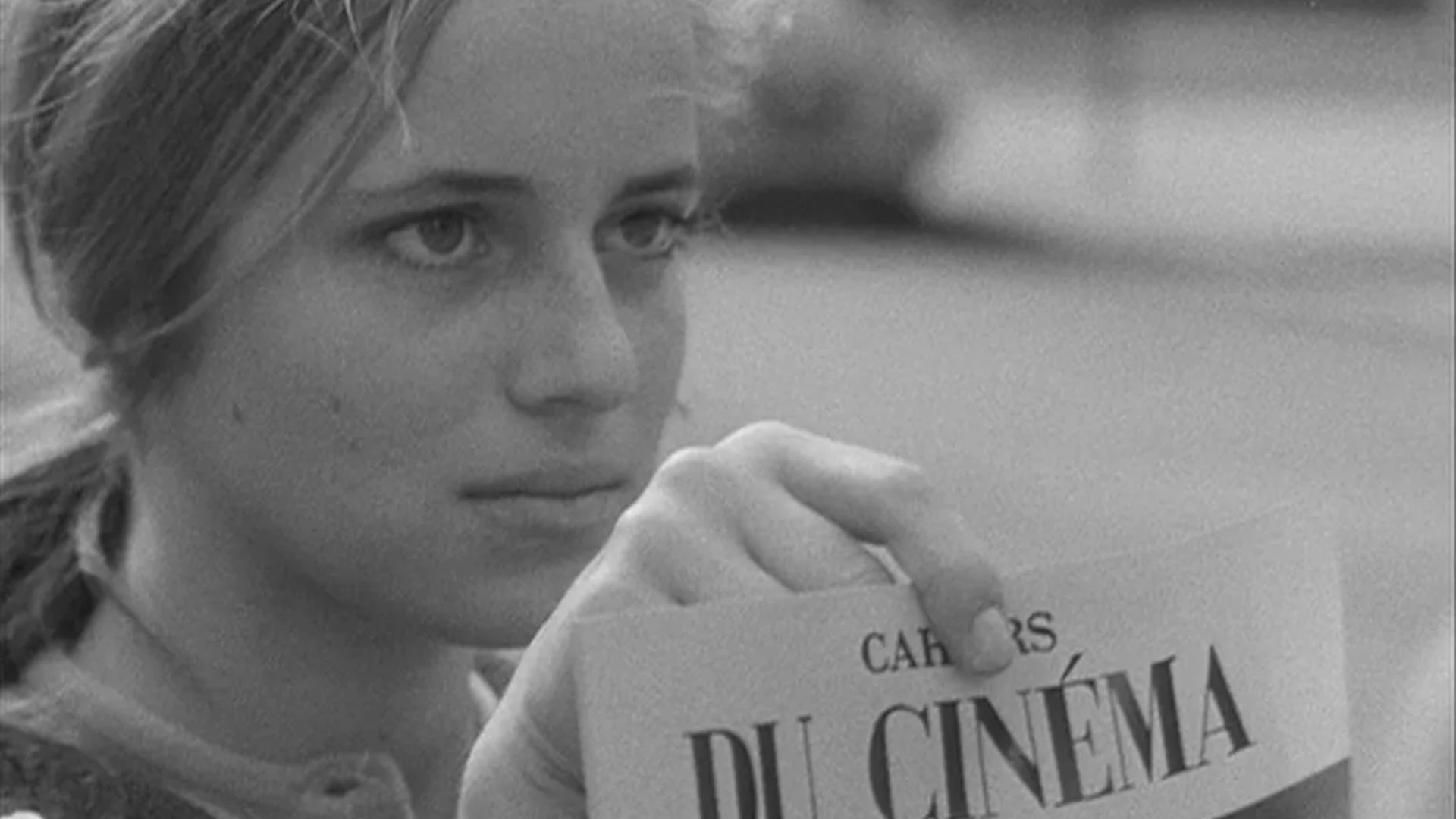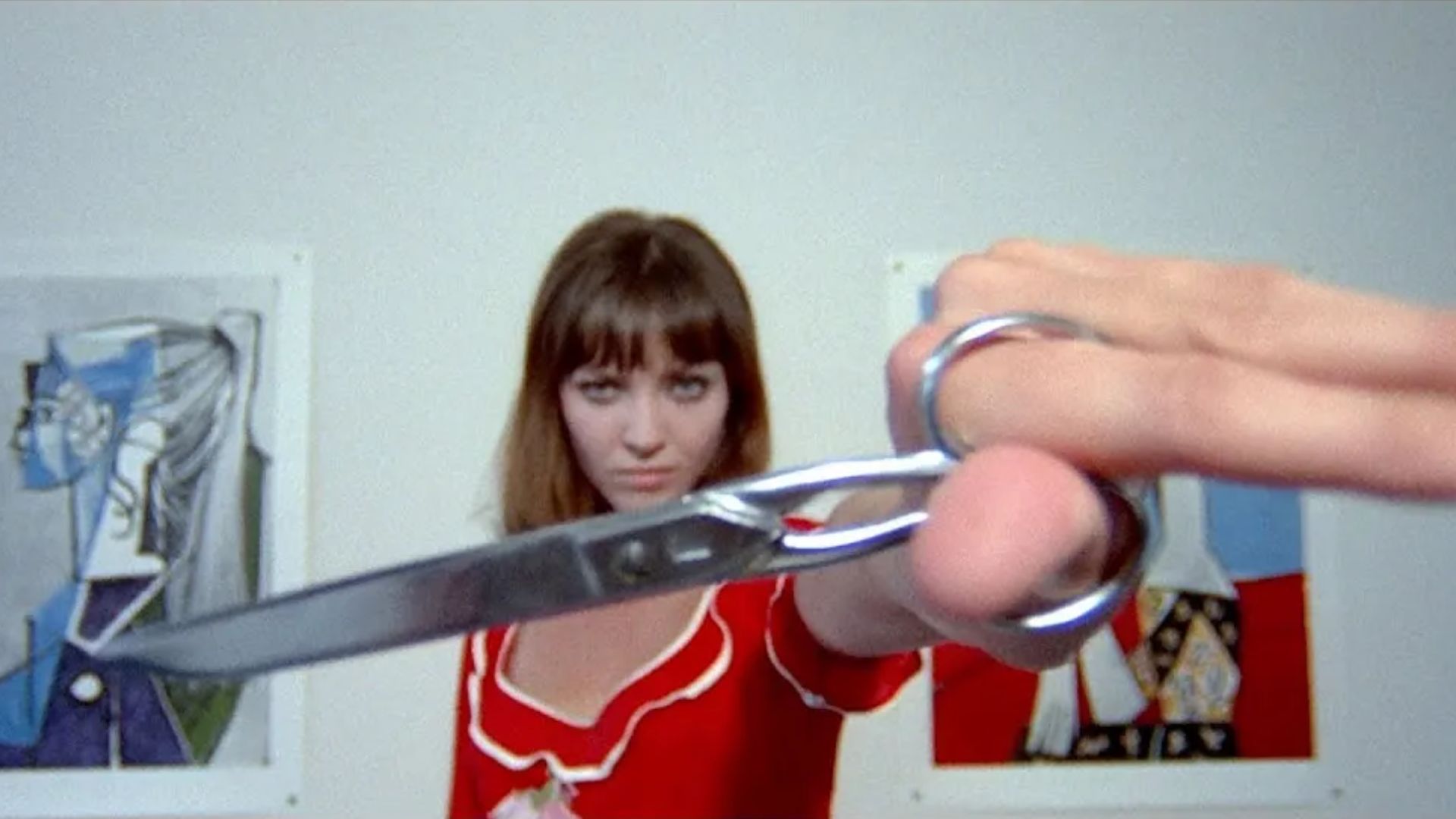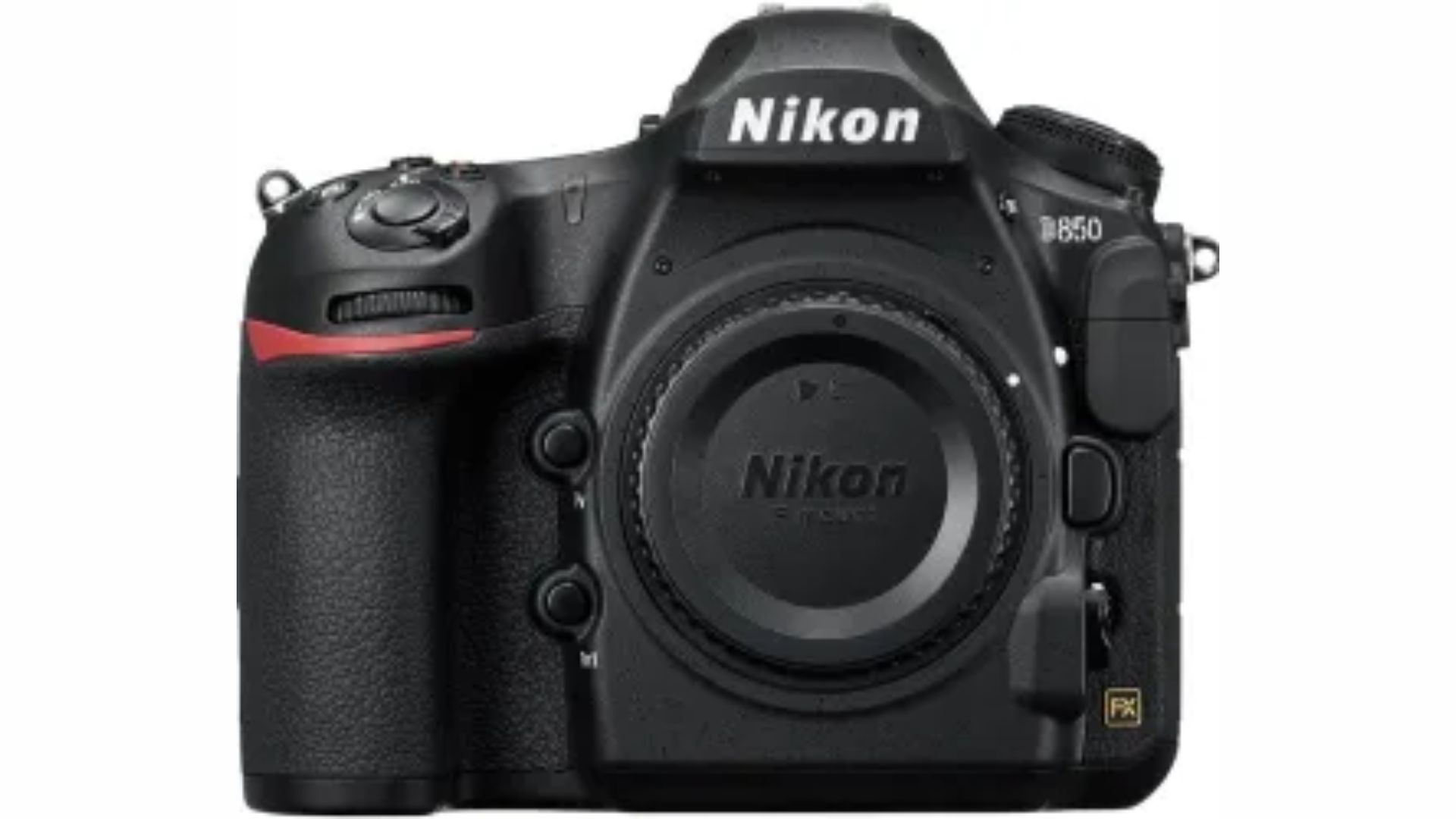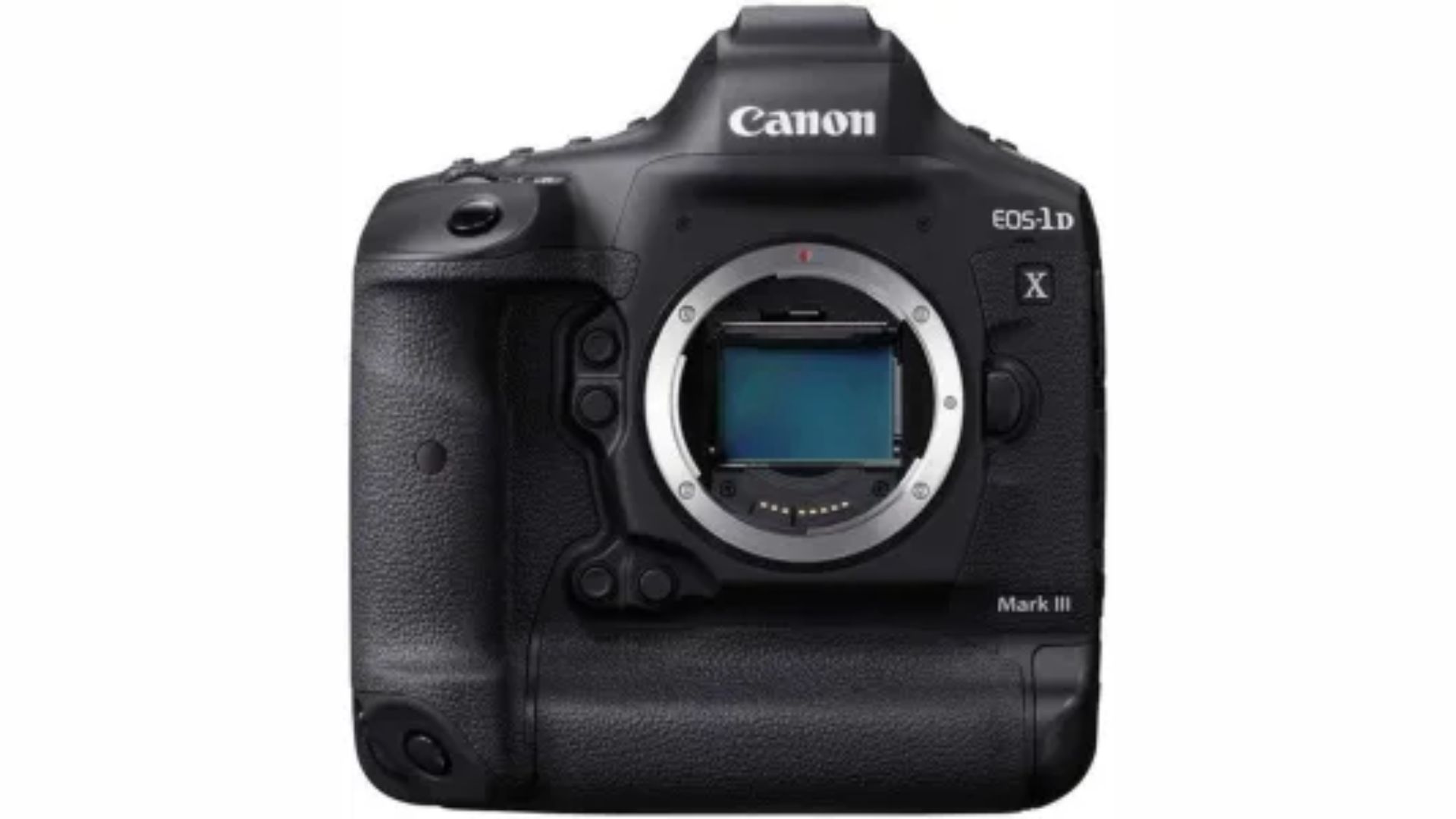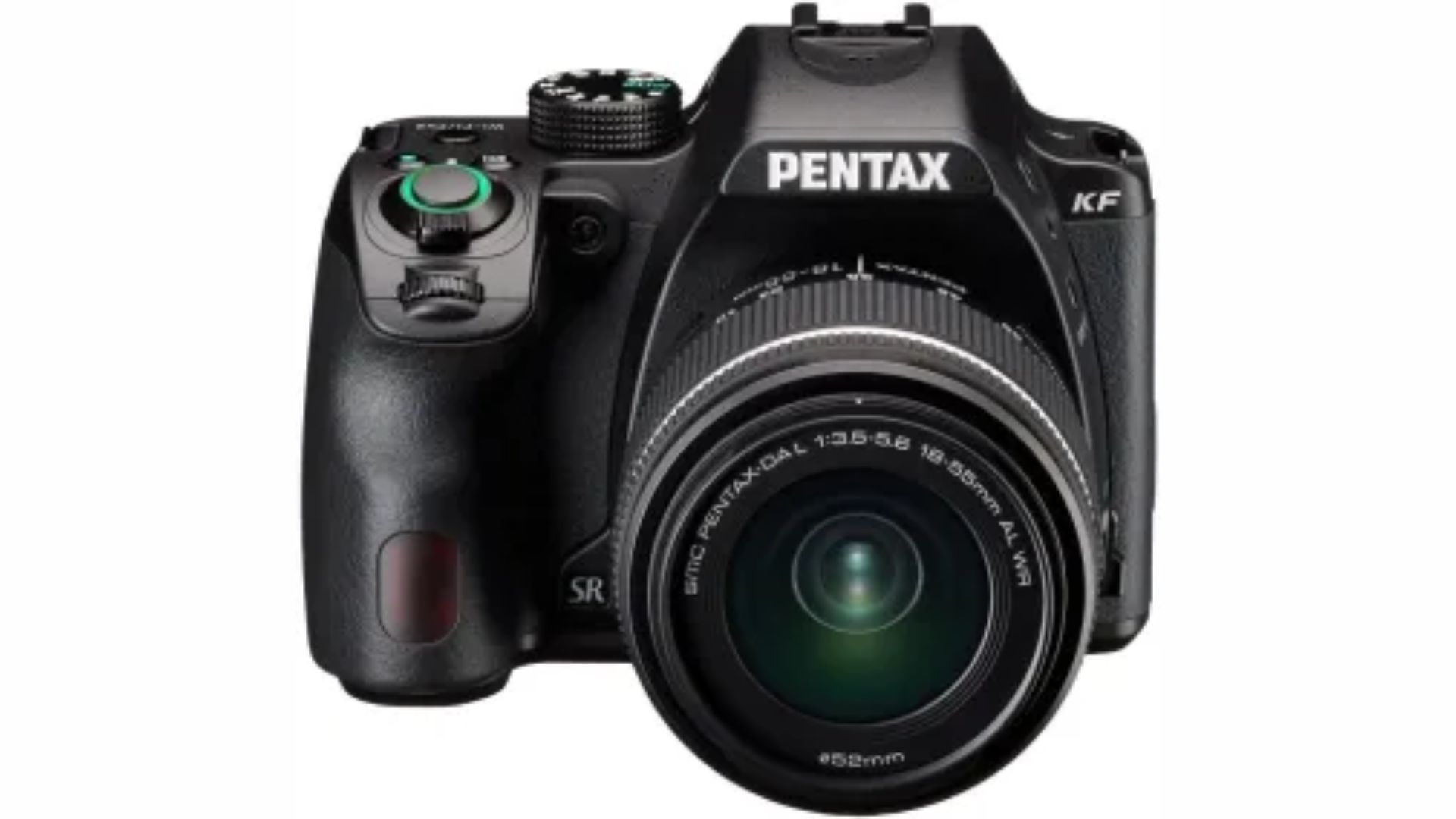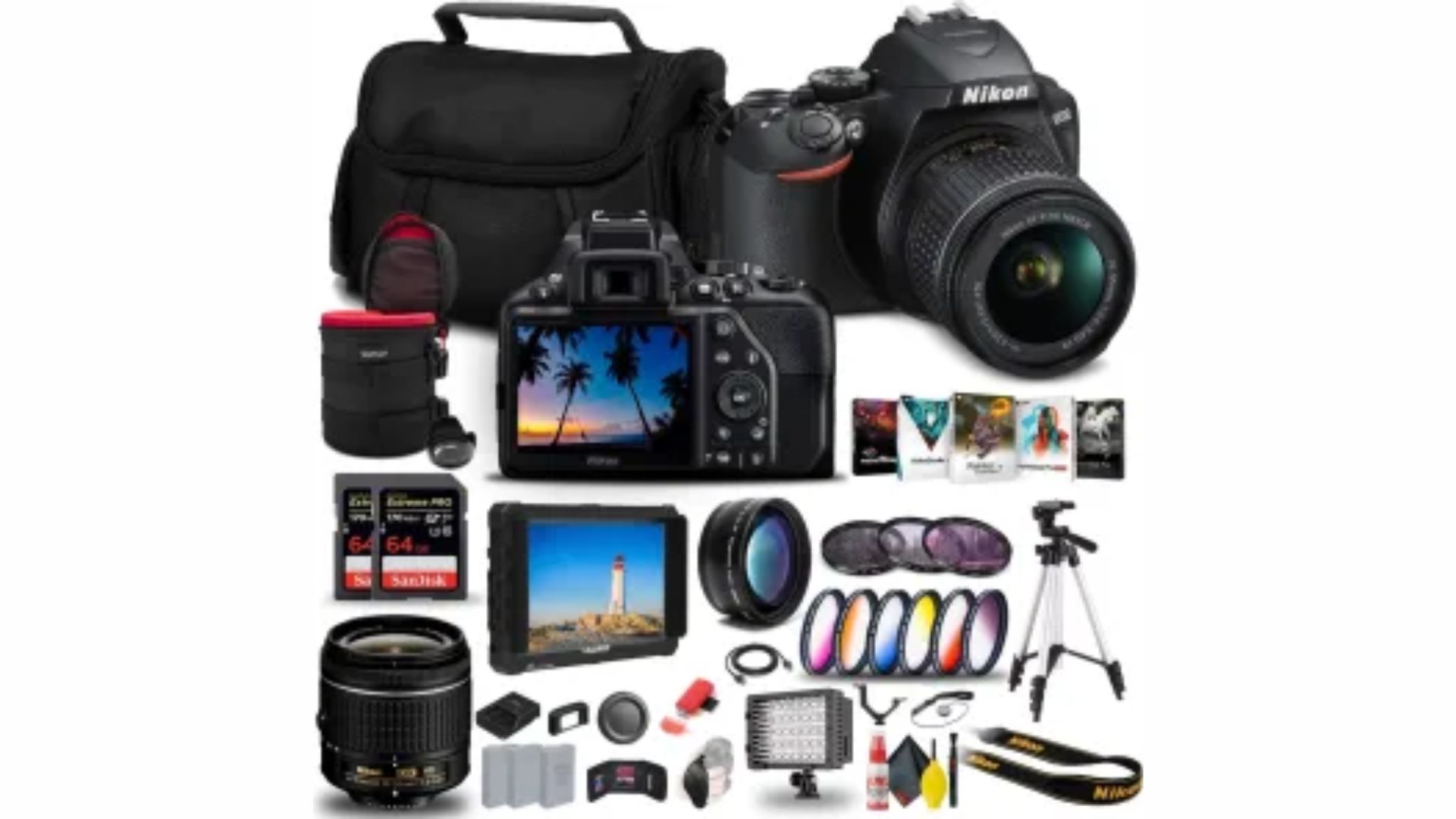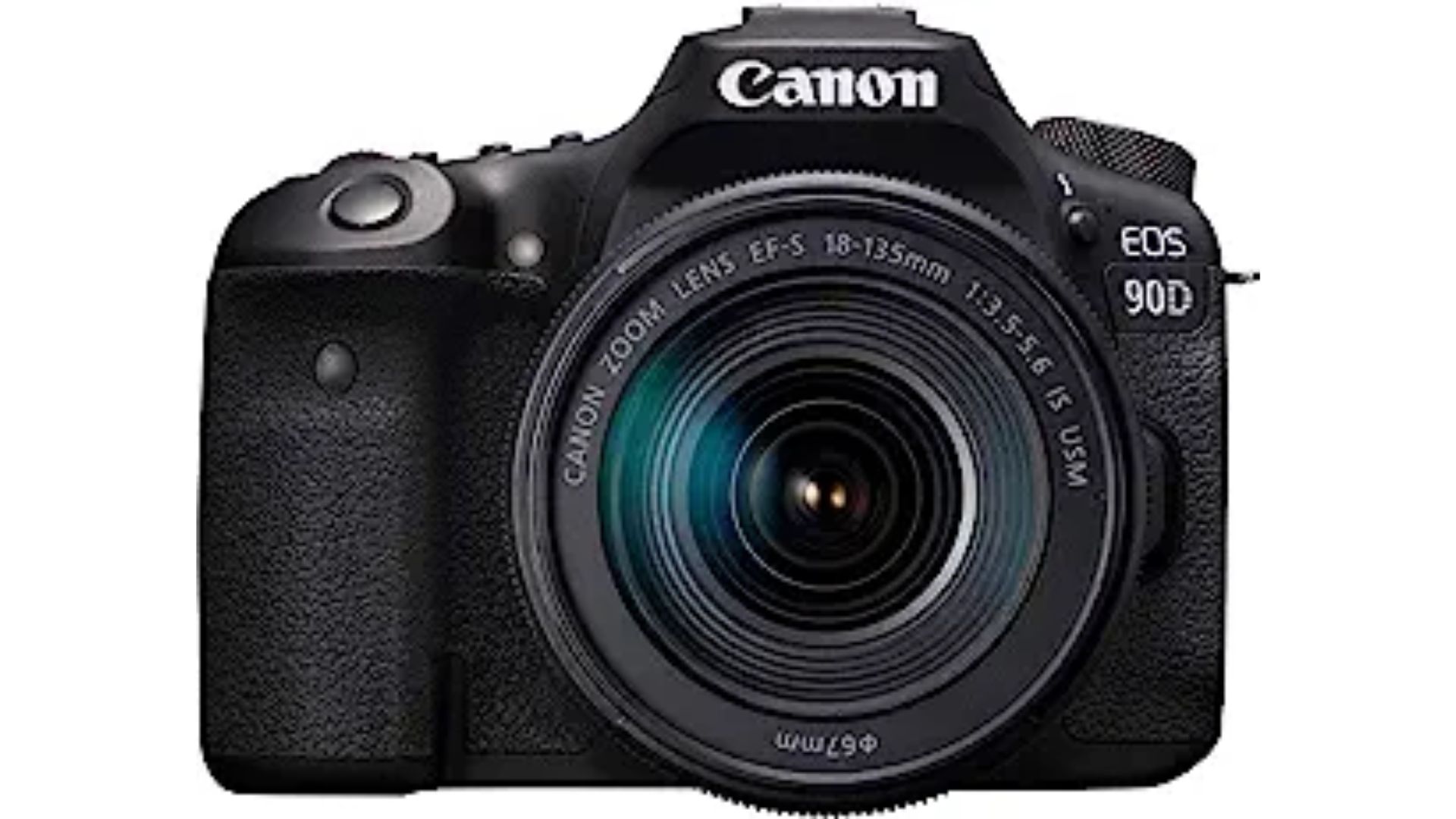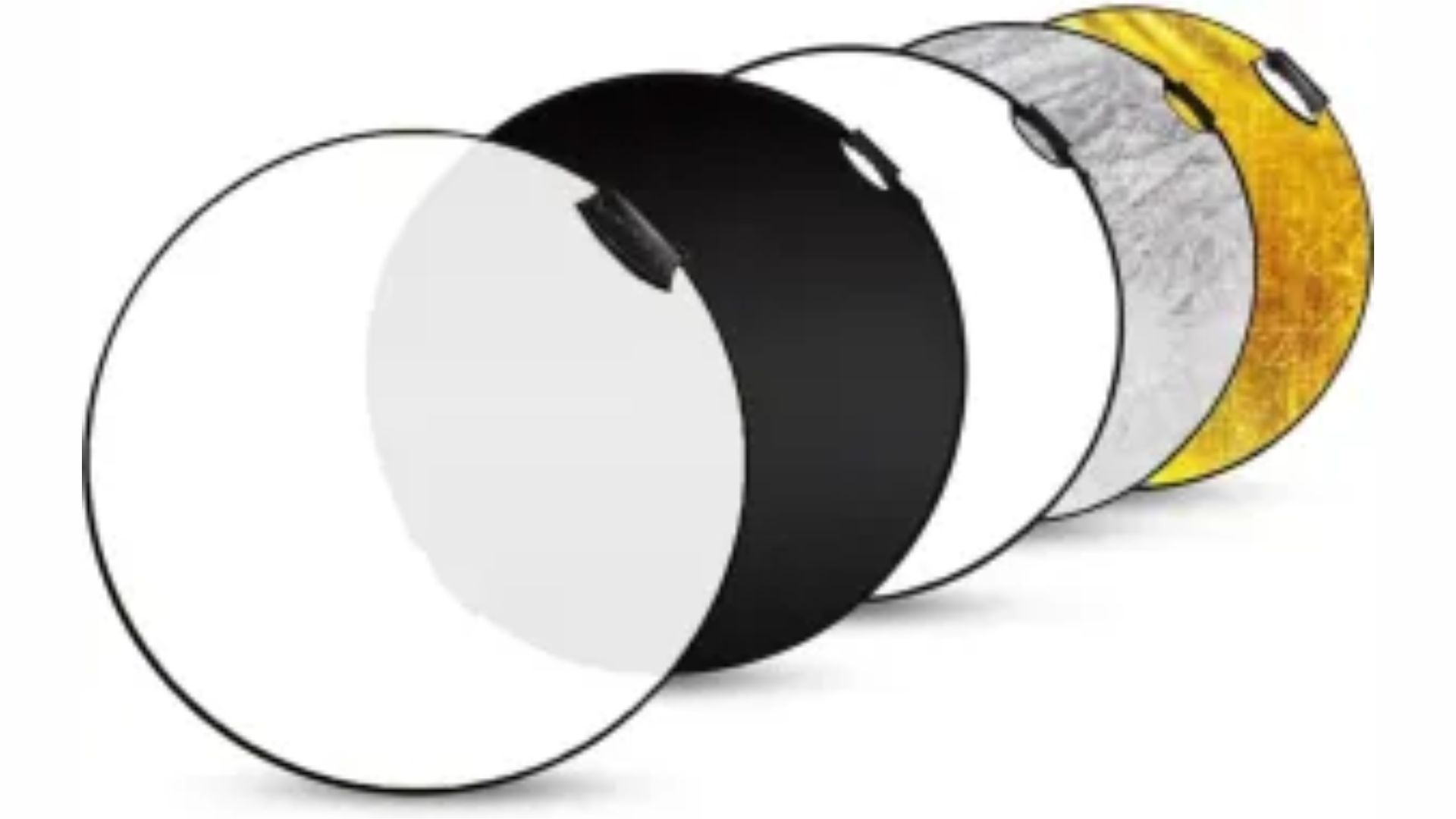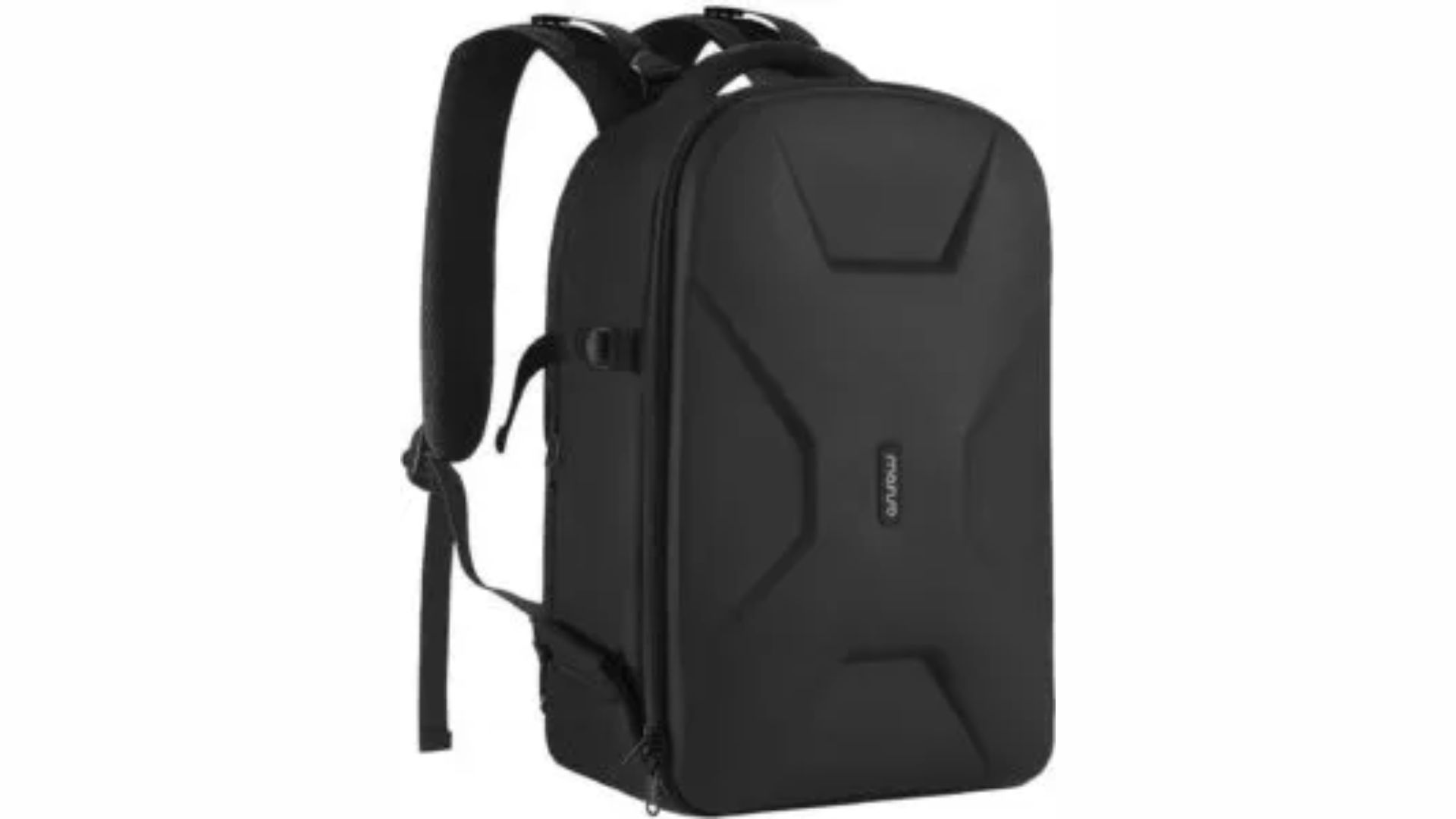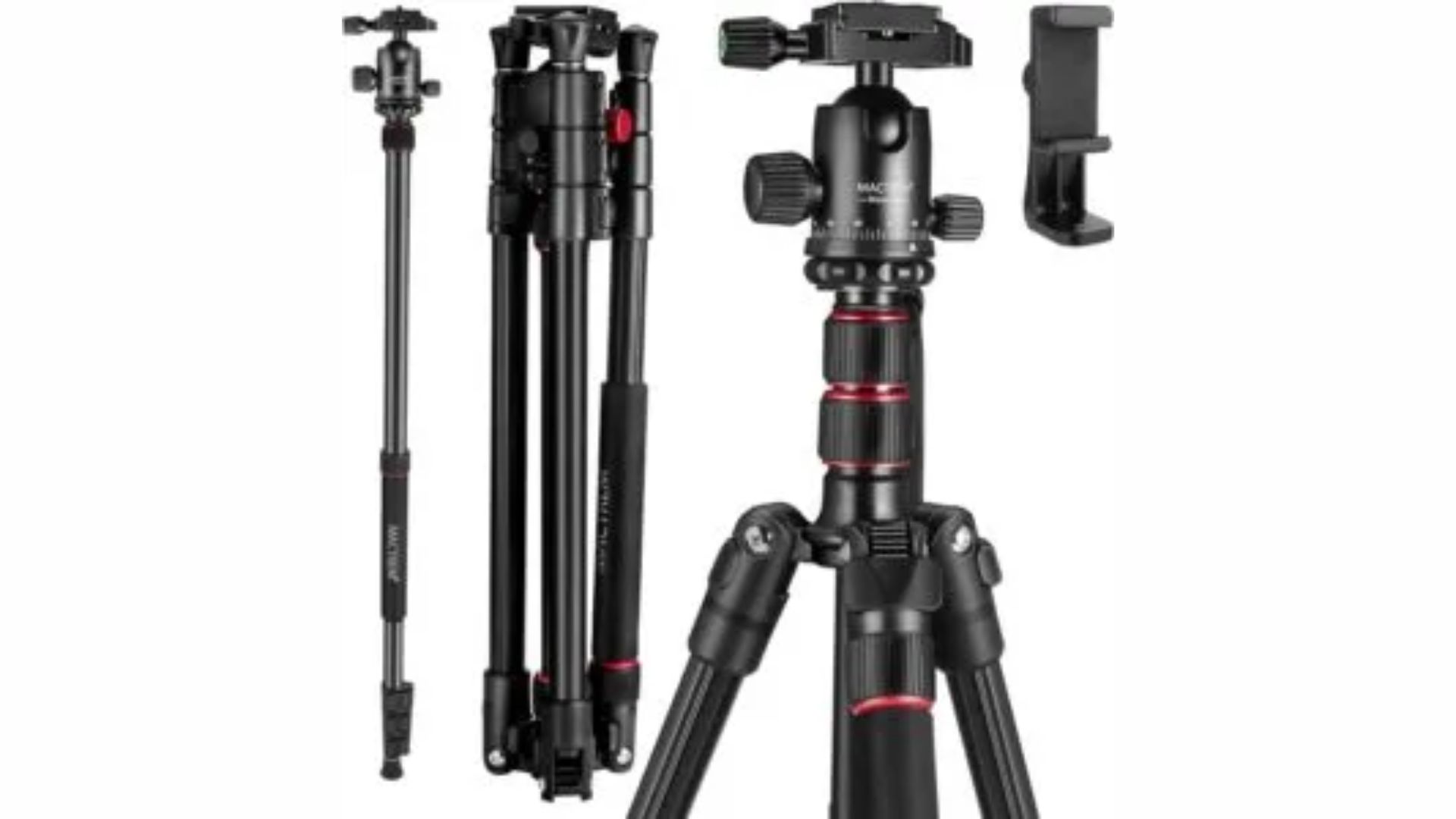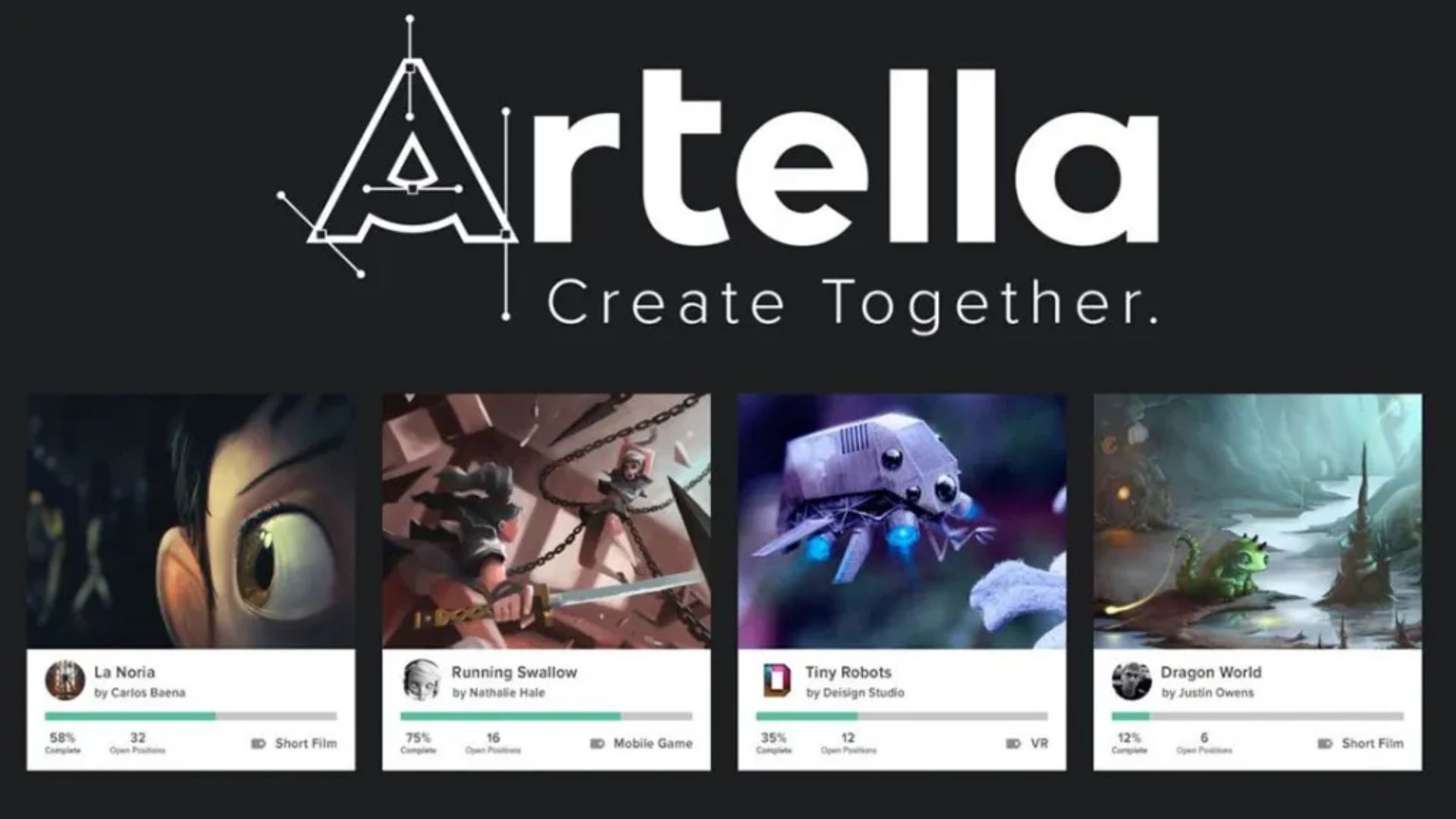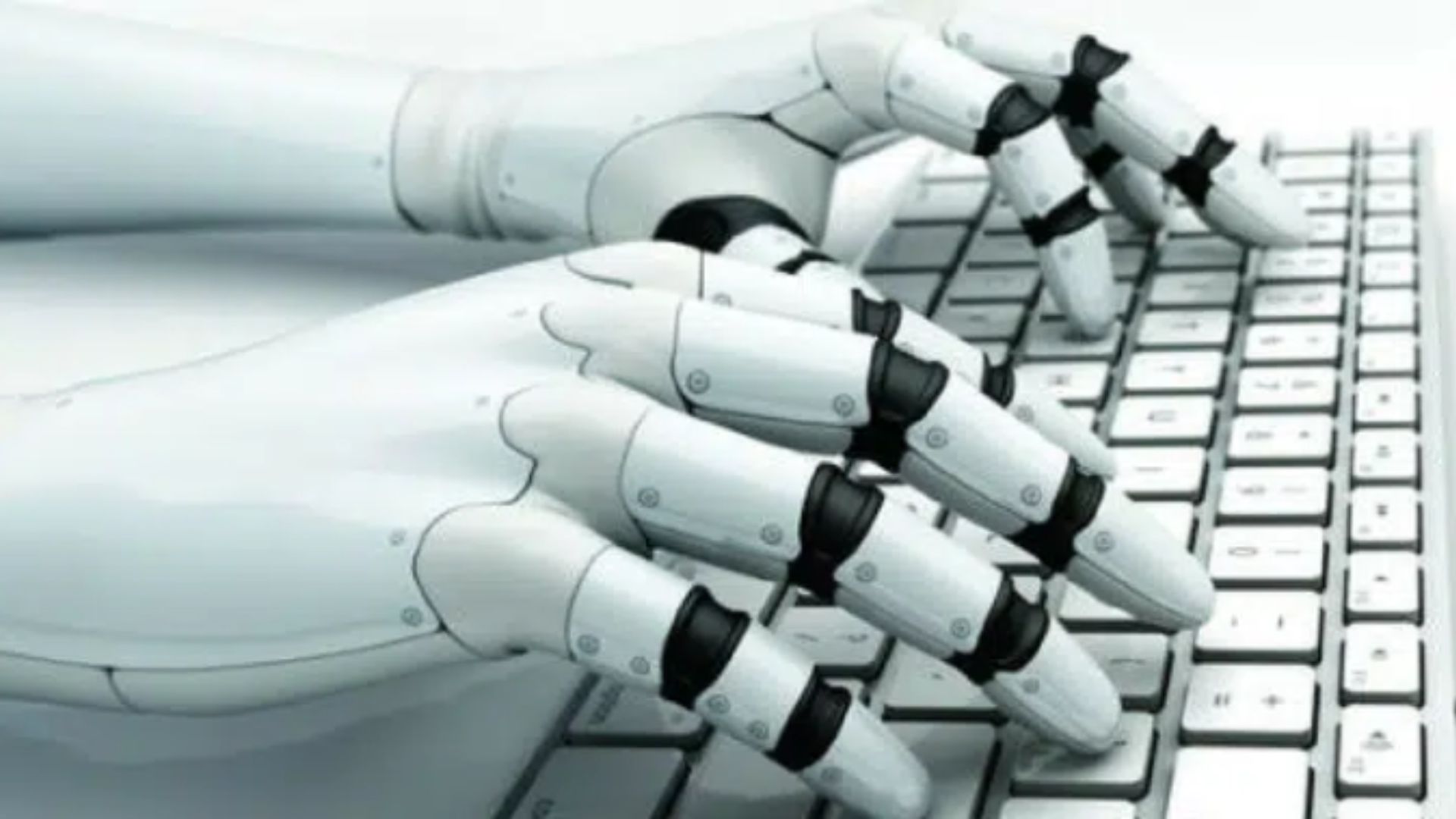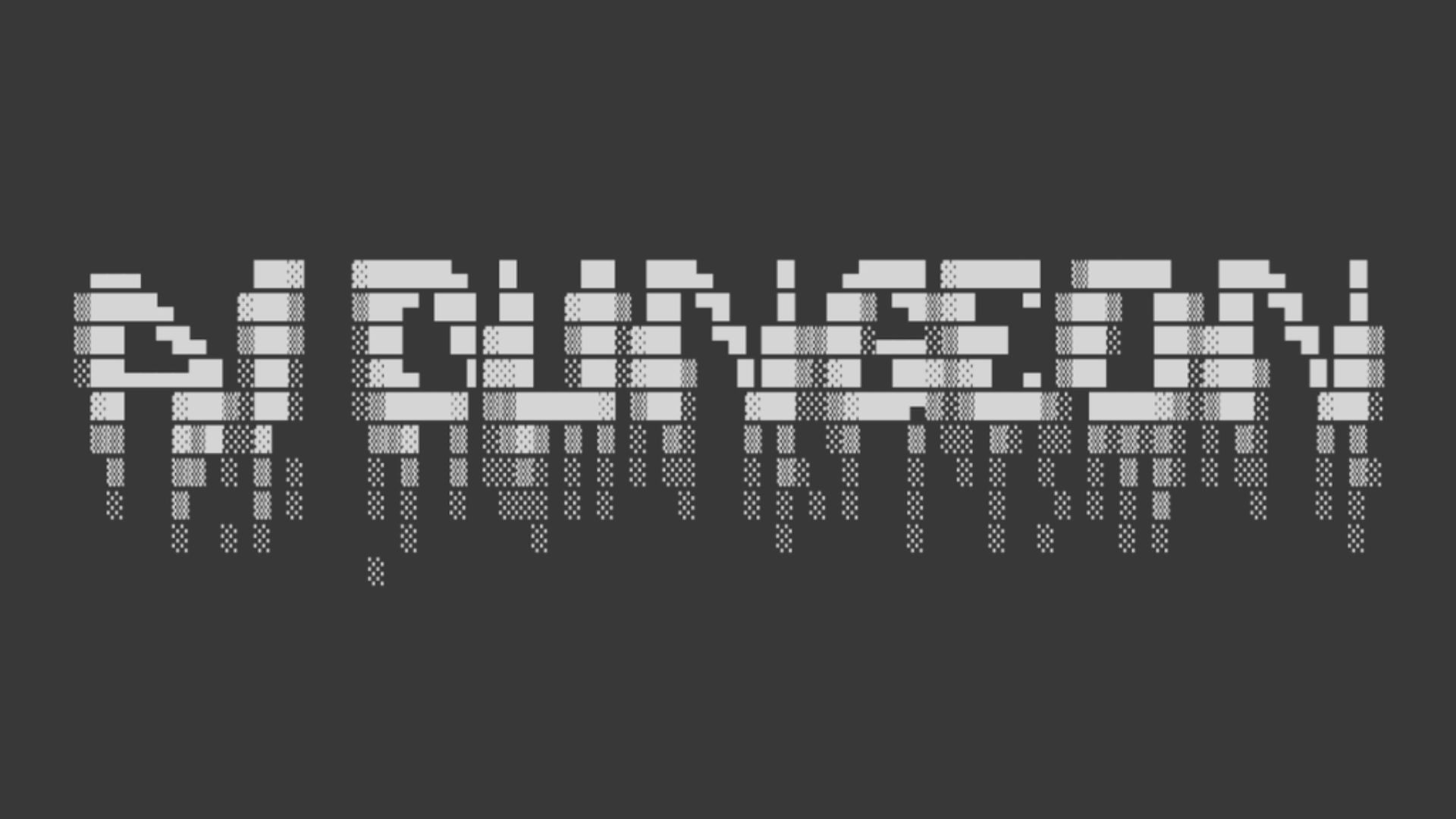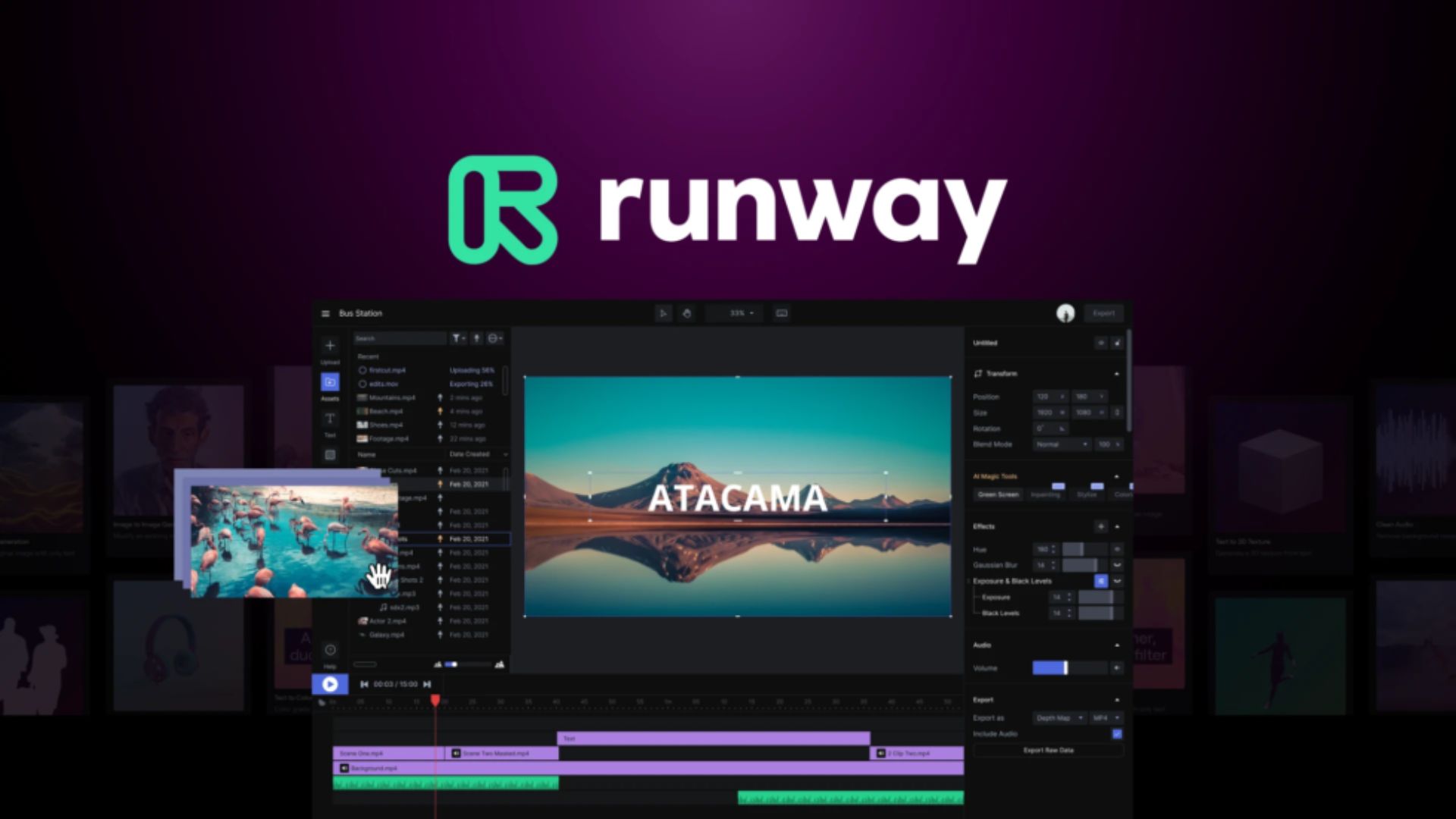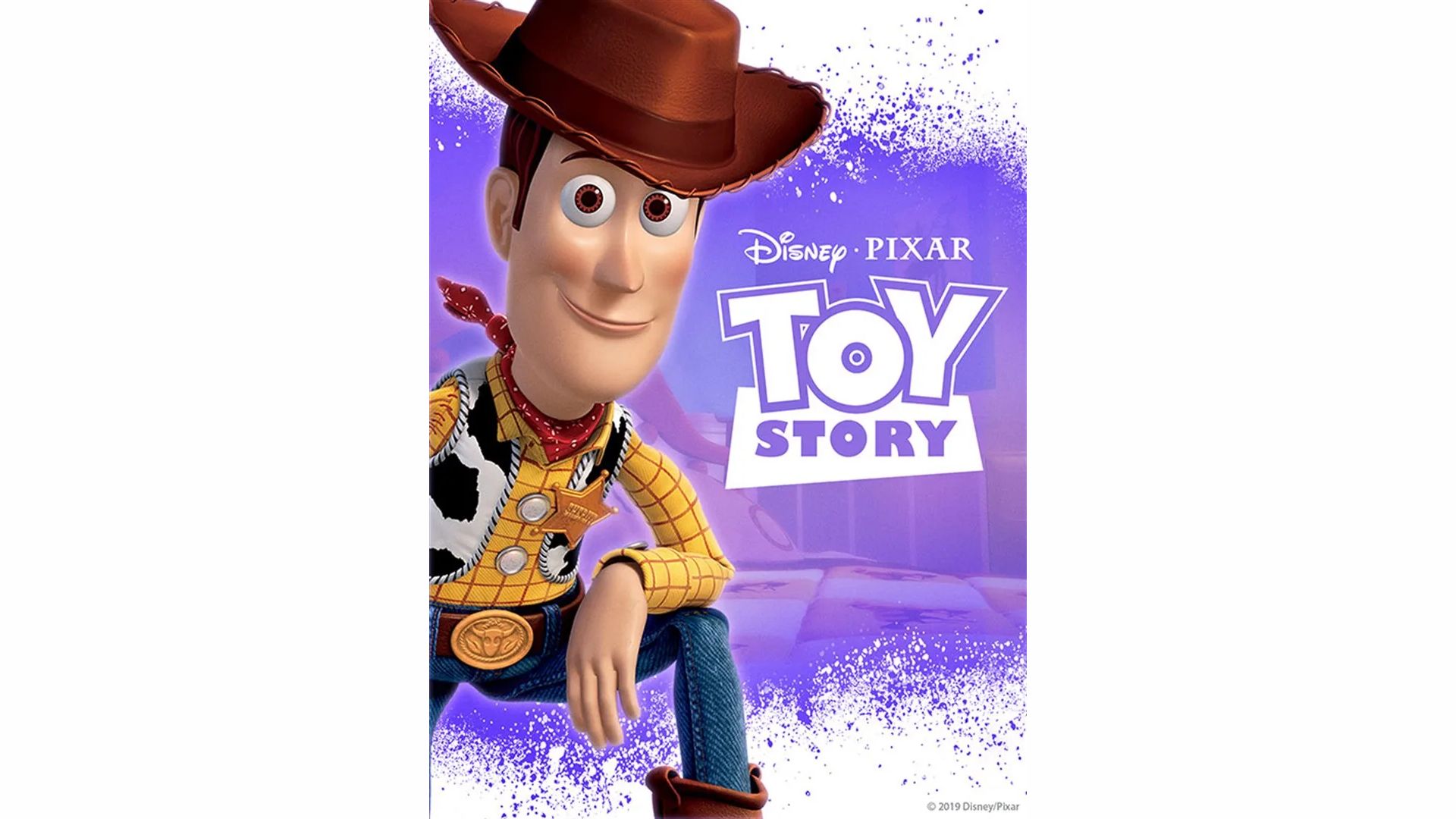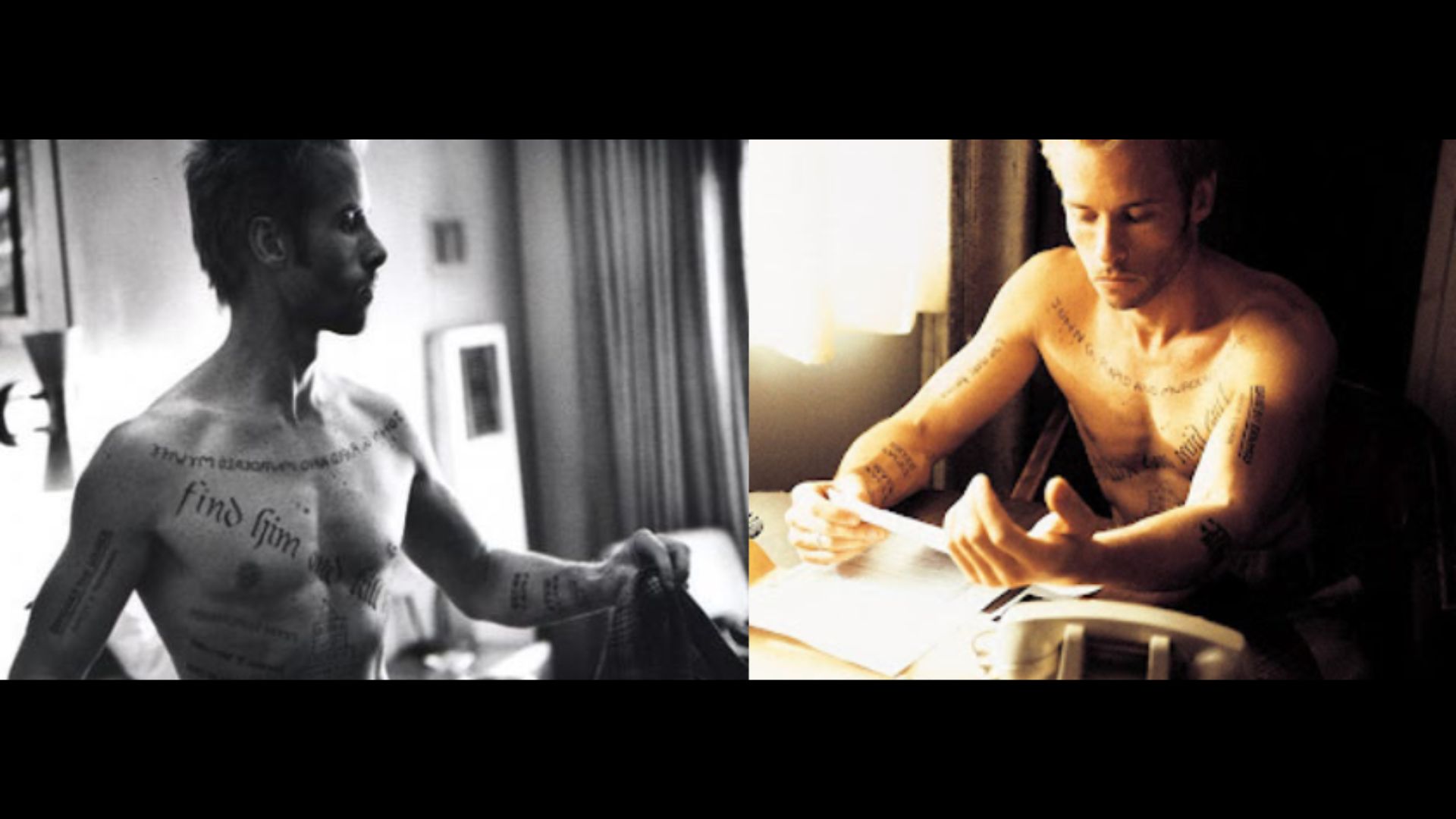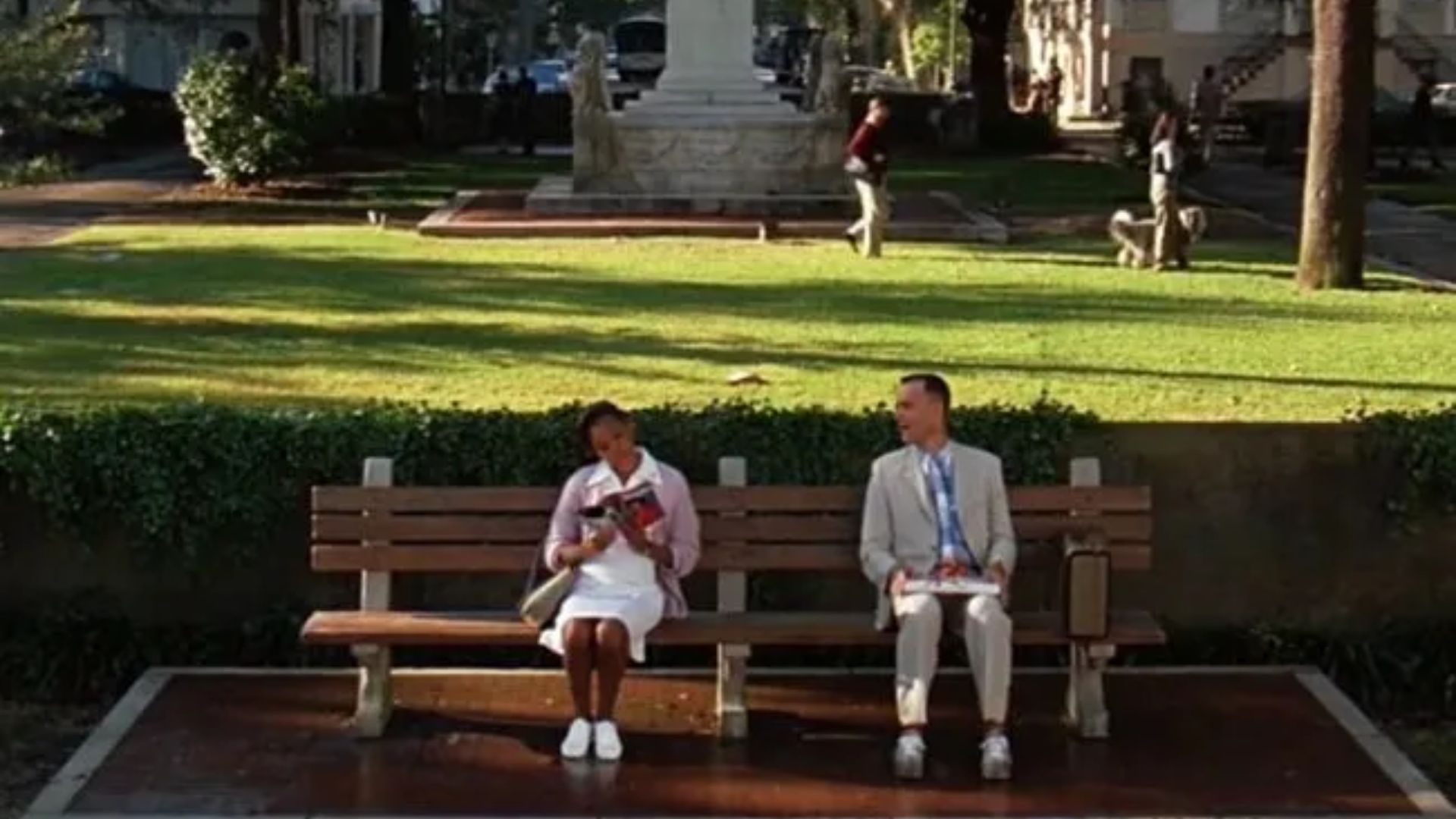Christmas Gift Idea Filmmakers Will Love Filmmakers are a special breed. They possess a unique blend of creativity, technical expertise, and storytelling prowess. But finding the perfect Christmas gift idea filmmakers will love can be challenging. Fear not, aspiring...
Hiroshima Mon Amour
Hiroshima Mon Amour
Cast: Emmanuelle Riva (Elle), Eiji Okada (Lui), Stella Dassus (Mother), Pierre Barbaud (Father), Bernard Fresson (German Lover).
Directed by Alain Resnais.
Written by Marguerite Duras.
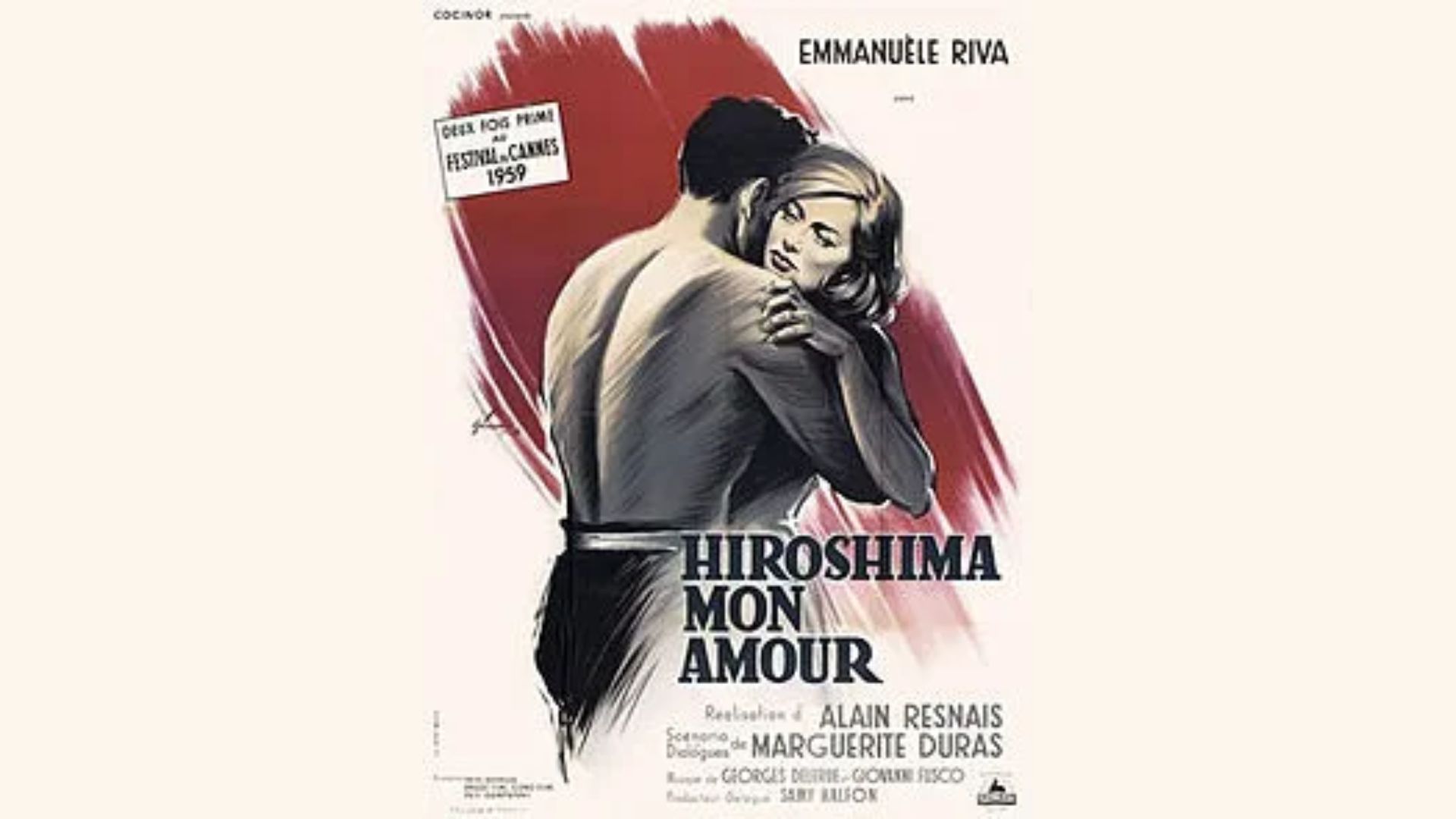
Hiroshima Mon Amour
Story
Set in the summer of 1957 in Hiroshima. A French actress comes from Paris to Japan to make an international movie about peace. The actress meets a Japanese architect and has a short but passionate affair with him. The actress is set to return to France the day after she meets the Japanese man. Although the couple quickly became romantically involved, We learn that they both are both married with children. The movies is basically a conversation between these two lovers who come from very different backgrounds and have to learn as much as they can about each other and about their different cultures. All that happens with the Hiroshima catastrophe in the background of the film.
A French New Wave Film
Hiroshima Mon Amour obviously belongs to French New Wave. It is directed by Alain Resnais who is a critic in the film magazine Cachier du Cinema, and produced at the time of the new wave. But also the film contains the essence of the new cinematic wave. I will not go over all the characteristics of the movement here, but it would be interesting to draw attention at some of these distinctive characteristics. (If you would like to know about the French New Wave read this post)
Structure: Multi-layered Time
Resnais’ revolutionary work of art in cinema is manifested in Hiroshima Mon Amour through the use of time. It can be described as multi-layered time. Since the beginning of the movie, we learn that the couple are running out of time as the woman is going back to paris. But more significantly, in the first few shots we can also notice that the film is jumping from current events into historical events (the bomb).
By that Resnais broke the classical narrative structure (three act structure: beginning, middle, and end). What is more interesting about this cross cutting between two different times is the director’s philosophy behind it. In an interview in 1999, Resnais said that he believes that “the past and present coexist, but the past shouldn’t be in flashback”. Hiroshima Mon Amour literally translates the saying. The characters were not present when the explosion happened, they were not even in Japan. So these images we see about the horrors of the bomb are, obviously, not seen by any of the characters. They are living in the shadow of past events, not remembering them.
This is a Movie
Another main characteristic of the French New Wave is reflexivity, or drawing the attention of the audience that they are watching a film. This is clear in Hiroshima Mon Amour through many instances. Such as the use of a mix between documentary footage and fiction scenes acted out by actors. And the fact that the main character is an actress filming a movie, this is present heavily in new wave films where characters in the movie are directors or actors to express the filmmaker’s love for cinema.
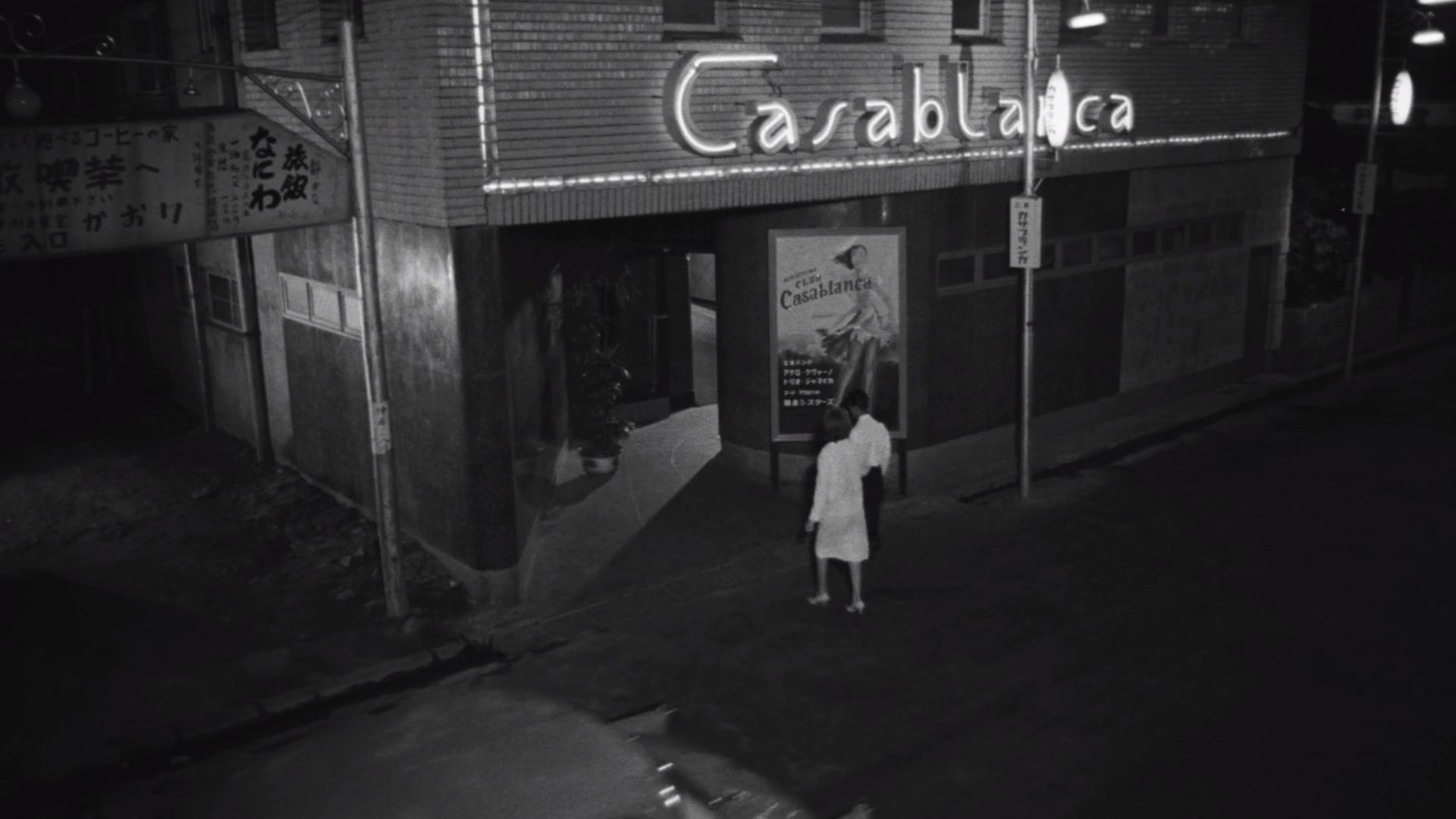
Casablanca
Hiroshima Mon Amour also references other movies. For example, the couple spent their last hours in a bar called Casablanca which can be seen as an homage to the 1942 movie Casablanca.

Christmas Gift Idea Filmmakers Will Love
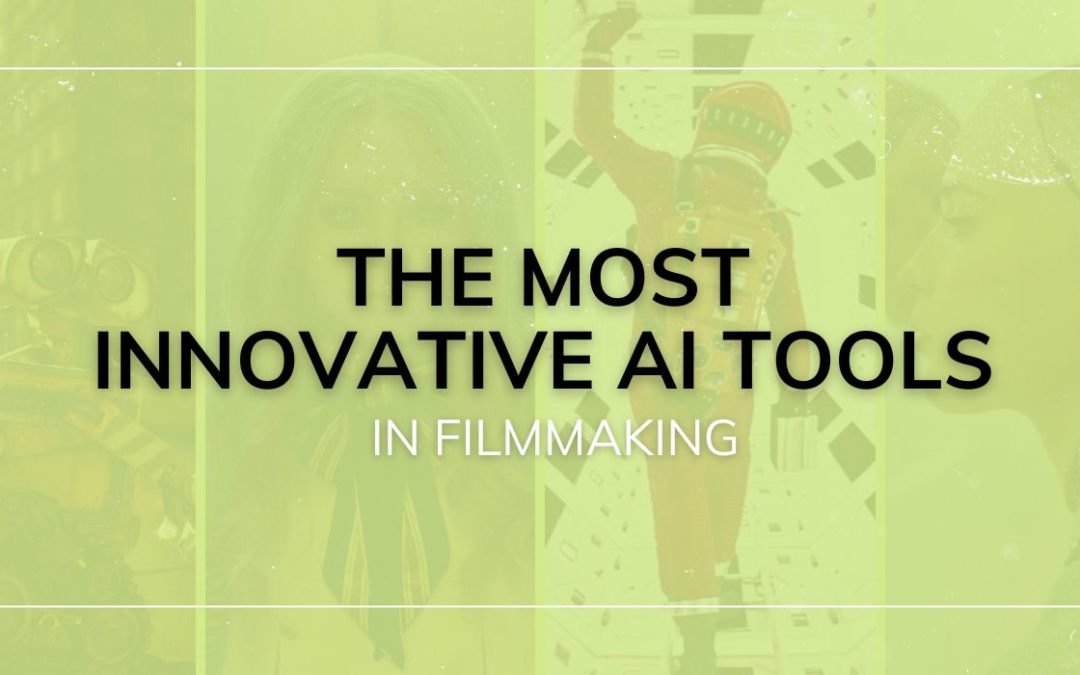
The Most Innovative AI Tools in Filmmaking
The Most Innovative AI Tools in Filmmaking Imagine a world where your wildest cinematic dreams take flight, fueled by the boundless potential of AI. Where storyboards become living, breathing worlds, and scripts morph into masterpieces with the help of machine...

What is “Art” in Film
What is “Art” in Film Art is an imitation of reality --Plato Plato defines the term “art” as an imitation or representation of reality. Other philosophers also considered art as a medium for the transmission of feelings. Regarding art in film, almost all films can be...
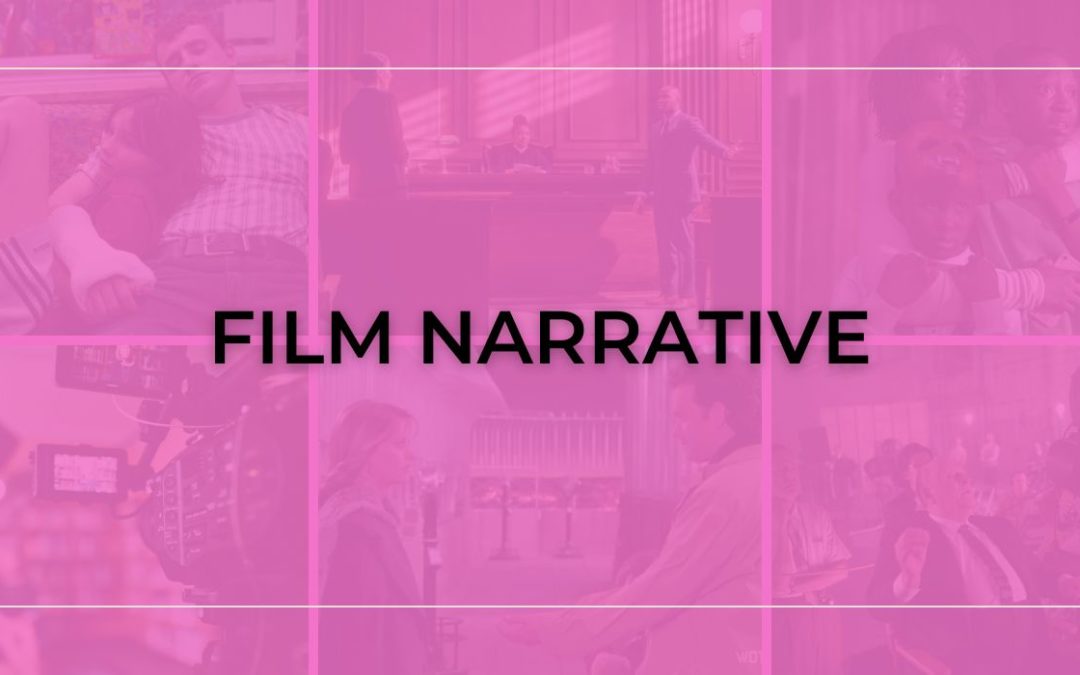
Film Narrative
What is a Narrative film? Simply put, a narrative film is a movie that tells a story. So any form of film that follows a chain of events is narrative. Many people think that only fiction movies are narrative. But documentaries and movies that tell a real story can...
Up next
French New Wave
French New Wave History Background The French New Wave can be considered as a reaction to the World War II. During the war, American films were...

